Xiaomi’s latest budget tablet focuses on doing the essentials really well instead of trying to be everything to everyone. When Xiaomi announced another budget tablet, I’ll admit I was skeptical. The Philippine market has seen its fair share of “affordable” tablets that promise premium experiences but deliver frustrating performance. The Redmi Pad 2 Pro takes a different approach—it’s upfront about what it offers, and it executes on those promises remarkably well.
Let me break it down.
The Display: The Star of the Show
The centerpiece is the Redmi Pad 2 Pro’s large 12.1-inch IPS LCD screen with a 2560 x 1600 resolution and 120Hz refresh rate. In practical terms, you’re getting a display that’s spacious, sharp, and smooth. The screen supports Dolby Vision for streaming content and handles over a billion colors with its 10-bit color depth.
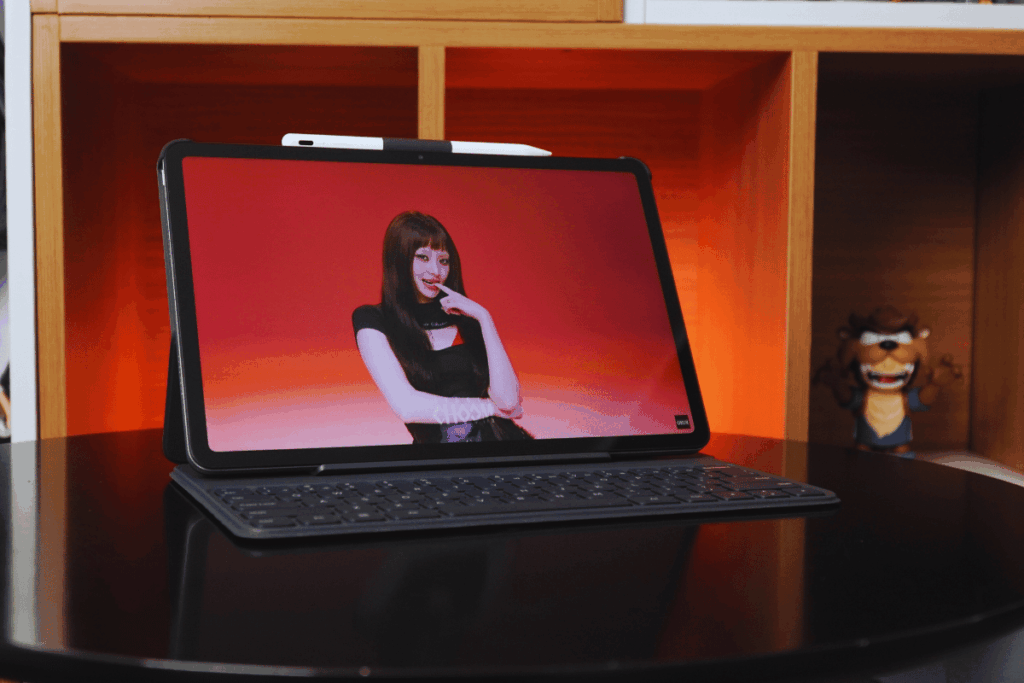
Streaming Netflix or Disney+ on this tablet is genuinely enjoyable. The Dolby Vision support means compatible content looks vibrant with punchy colors and good contrast. The 120Hz refresh rate makes everyday interactions—scrolling through social media, switching between apps, browsing the web—feel noticeably smoother than budget tablets typically offer.

Performance: Solid and Consistent
The Redmi Pad 2 Pro runs on Qualcomm’s Snapdragon 7s Gen 4 chipset built on a 4nm process. The Philippine market gets the 8GB RAM and 256GB storage configuration, which provides comfortable headroom for multitasking.
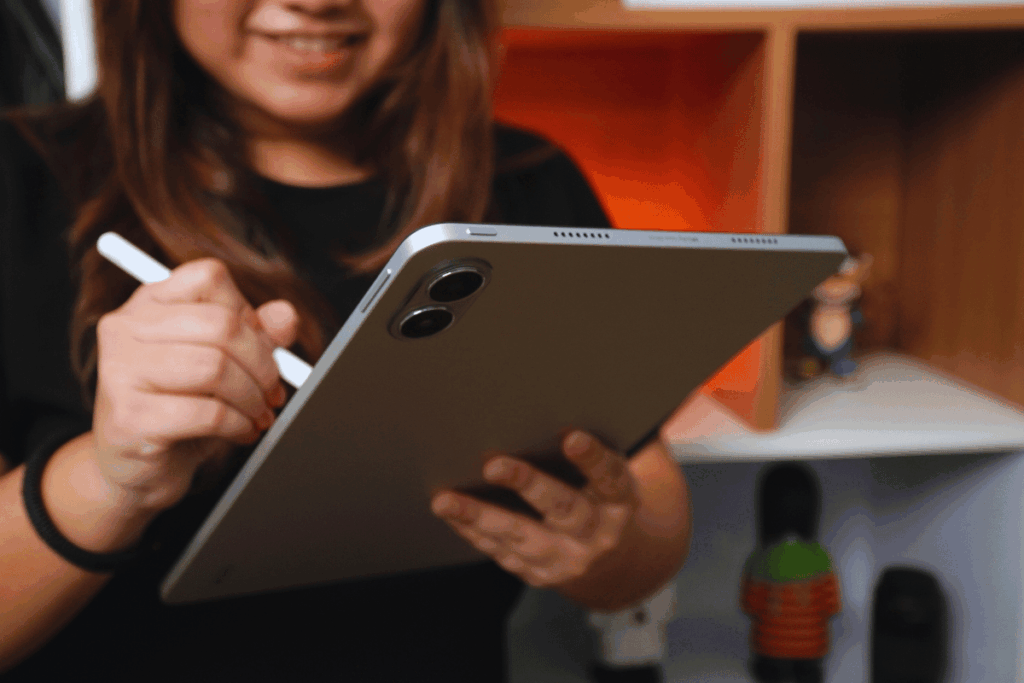
In real-world testing, the tablet handles mobile games at medium settings, runs multiple apps simultaneously without lag, and manages split-screen productivity tasks smoothly. I regularly used it with YouTube playing in one window, documents open in another, and Discord running in a floating window—no performance issues.
What stands out is the consistency. The processor maintains its performance level even during extended gaming sessions or heavy multitasking. You won’t experience the gradual slowdown that often plagues budget devices after 30-60 minutes of intensive use.
Battery Life: A Genuine Standout
The 12,000mAh battery is one of the largest capacities you’ll find in any consumer tablet. In practical use, this translates to genuinely impressive longevity. With moderate daily use—streaming videos, browsing social media, reading, occasional gaming—the tablet easily lasted four to five days between charges.
The charging situation is less impressive. While it supports 33W fast charging, reaching a full charge takes approximately 3 hours. It’s a slow process, especially by modern smartphone standards. However, given the exceptional battery life, overnight charging becomes the natural routine, which makes the slow speed less problematic in practice.
A useful feature: the tablet supports 27W reverse wired charging, functioning as a power bank for your other devices. This proved helpful during a recent gaming tournament when my phone needed an emergency charge.
Audio: Better Than Expected
Four speakers with Dolby Atmos support deliver surprisingly good audio for this price range. The sound gets impressively loud with decent clarity across different types of content. There’s a volume boost feature that can increase output up to 300%, though pushing it that far compromises audio quality significantly.
For watching anime, movies, or YouTube content, the audio is clear and well-balanced. Bass is present without being overwhelming, though treble can sound slightly thin at maximum volume with certain music genres. Overall, its audio quality exceeds expectations for a budget tablet.
The Software Experience: Functional and Feature-Rich
The tablet runs Android 15 with Xiaomi’s HyperOS 2 interface, which feels more polished than previous Xiaomi tablet software. The system is responsive and includes useful features like Google Gemini AI integration.
The multitasking capabilities are genuinely practical on the large screen. You can run two apps side-by-side in split-screen mode or use floating windows to have up to four apps visible simultaneously. The screen size makes these features actually useful rather than just marketing gimmicks.
For users in the Xiaomi ecosystem, HyperOS enables convenient features like shared clipboard between devices, call syncing that lets you answer phone calls on the tablet, and the ability to access and control phone apps directly from the tablet. These integration features work smoothly and add real value if you’re already using Xiaomi devices.
Cameras: Functional But Basic
Both front and rear cameras are 8MP sensors. They perform adequately for their intended purposes—video calls and document scanning—but photo quality is unremarkable. Images appear soft with noticeable noise even in good lighting conditions.
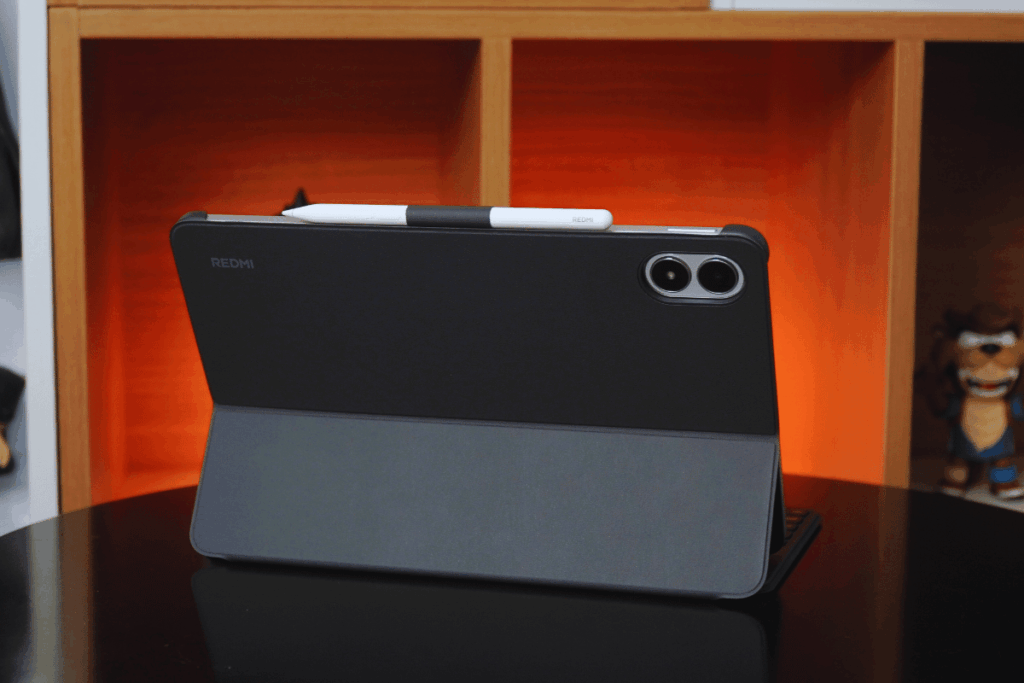
The front camera’s fixed focus means it’s optimized for a specific distance, so your face might not be perfectly sharp during video calls if you’re not at the right distance from the screen.
For a tablet, these cameras serve their purpose. Most users will primarily use them for Google Meet calls and occasional document scans, tasks they handle acceptably.
Optional Accessories Worth Considering

The Redmi Smart Pen and keyboard case are sold separately but worth mentioning. They expand the tablet’s functionality significantly, turning it into a more versatile device for note-taking, drawing, and productivity work. The stylus includes features like custom screenshots and remote control functionality for presentations.
Pricing and Availability
The tablet comes in two versions for the Philippine market:
- WiFi-only model (8GB/256GB): ₱17,599
- 5G model (8GB/256GB): ₱19,999 (includes free keyboard case until November 20)
Both are available through Xiaomi’s official Shopee and Lazada stores, plus authorized retailers nationwide.
The Bottom Line
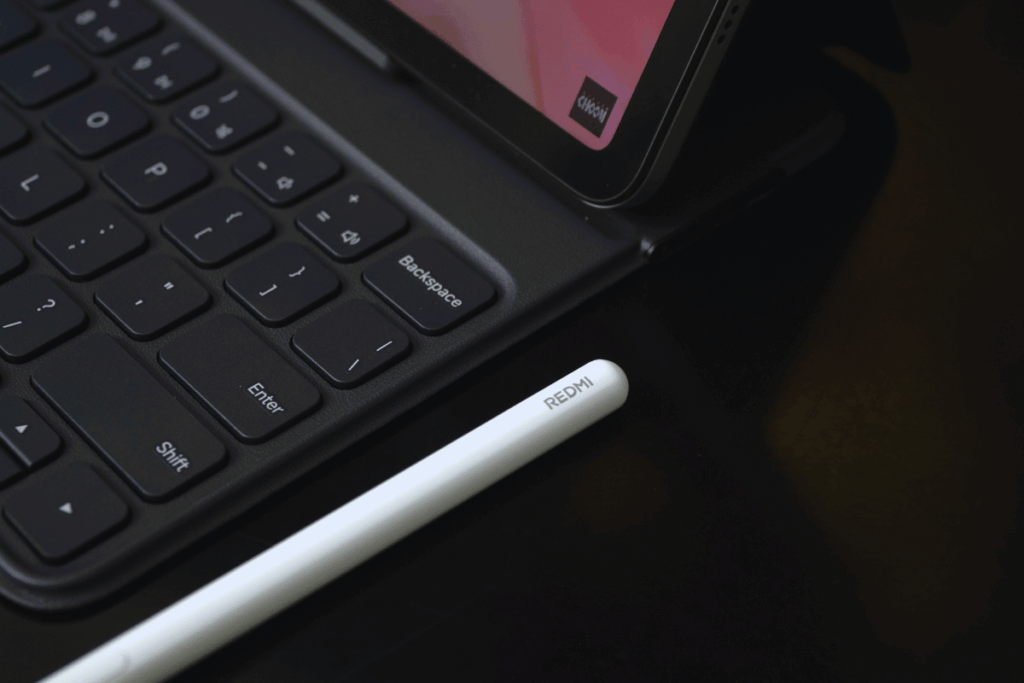
The Redmi Pad 2 Pro succeeds by focusing on core strengths—a beautiful large display, excellent battery life, solid performance, and good audio. It doesn’t attempt to compete with premium tablets in every category, which allows it to excel at what matters most for its target audience.
Strengths:
- Excellent 12.1-inch display with Dolby Vision
- Outstanding battery life lasting multiple days
- Consistent, reliable performance
- High-quality audio from quad speakers
- Useful ecosystem integration for Xiaomi users
Limitations:
- Slow 33W charging takes 3 hours
- Basic camera quality
- 610g weight can feel heavy during extended handheld use
Best For:
Students needing a device for note-taking, watching lectures, and handling assignments will find this ideal. Entertainment enthusiasts who want a dedicated streaming device with great audio will appreciate the value. Casual mobile gamers seeking a larger screen experience will enjoy the smooth performance. Anyone wanting a secondary device for media consumption and light productivity will find it capable.
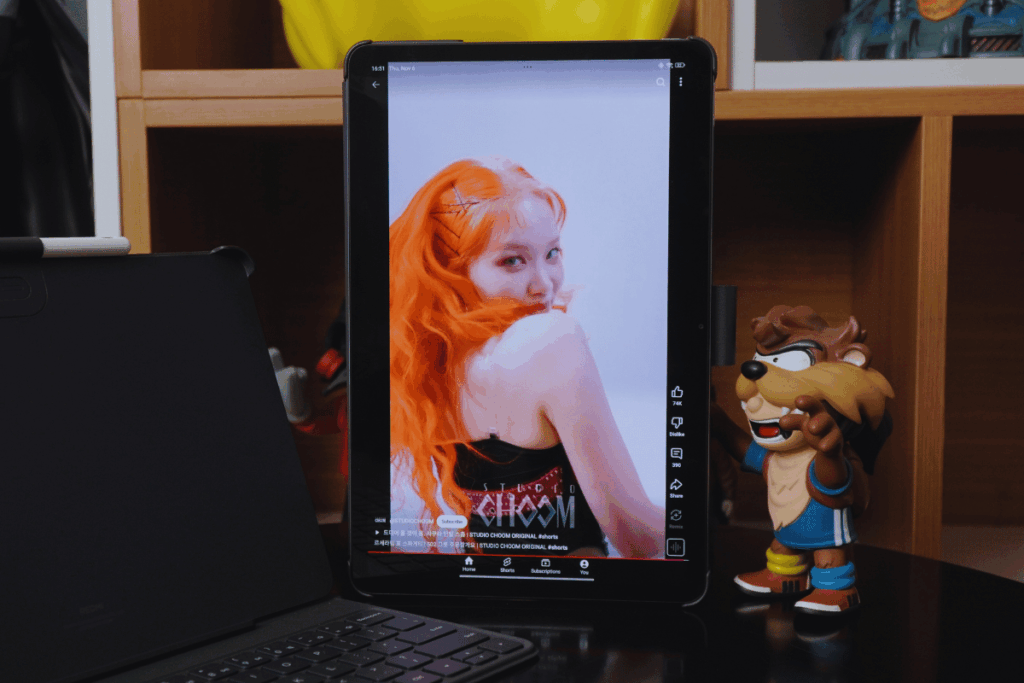
At its price point, the Redmi Pad 2 Pro offers a balanced package where the value proposition makes sense. It’s not the absolute cheapest tablet available, but it’s priced fairly for what it delivers.
The Redmi Pad 2 Pro demonstrates that budget devices can deliver quality experiences when they focus on executing the essentials excellently rather than attempting everything mediocrely. For users who understand what they need from a tablet—primarily media consumption with capable performance for everyday tasks—this represents solid value.
Rating: 8/10 – A well-executed budget tablet that delivers where it matters most.
Read More:
The Xiaomi 11.11 Mega Sale Kicks Off Early Holiday Shopping – VRSUS
Xiaomi Brings the Redmi Pad 2 Pro Series to the Philippines – VRSUS





